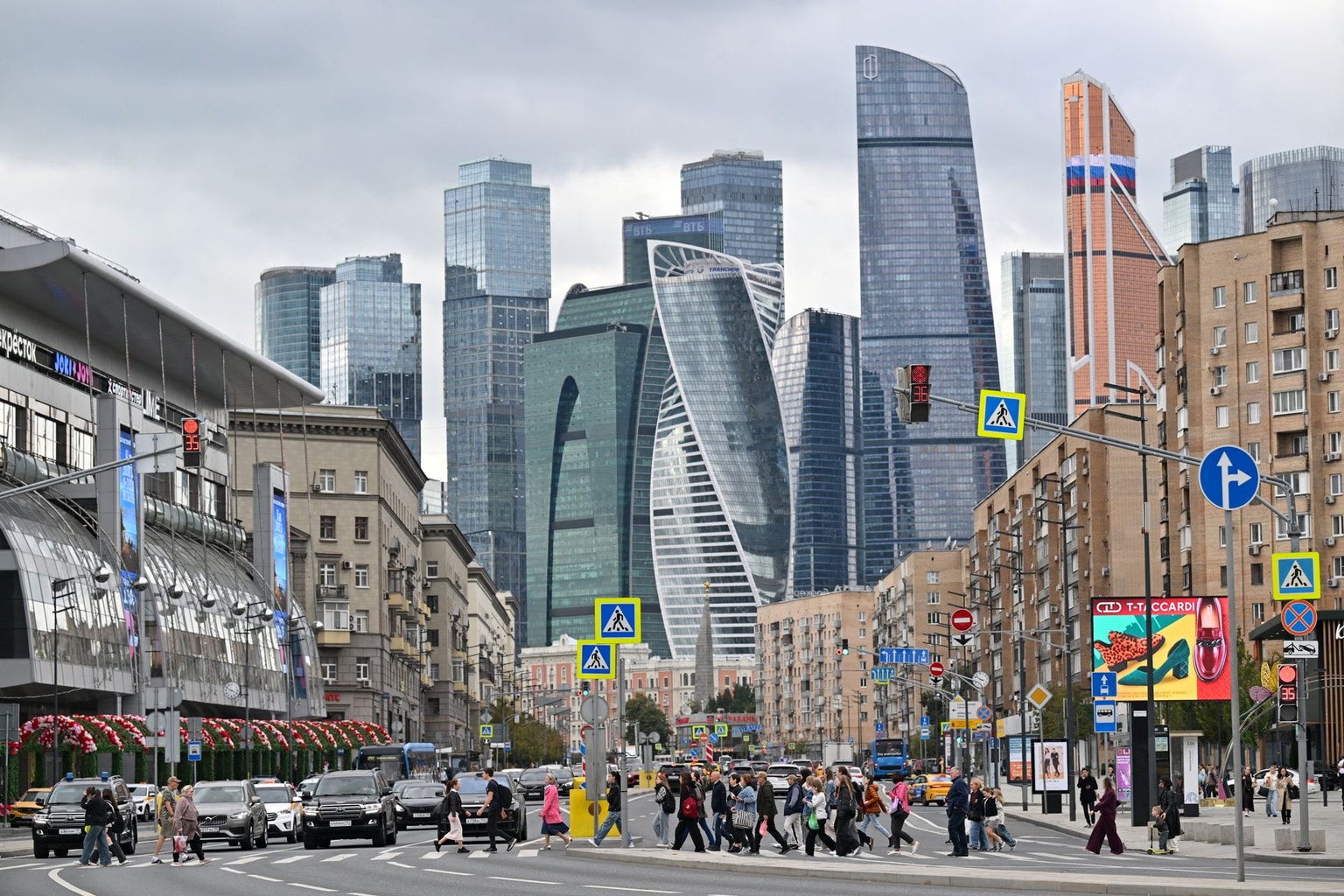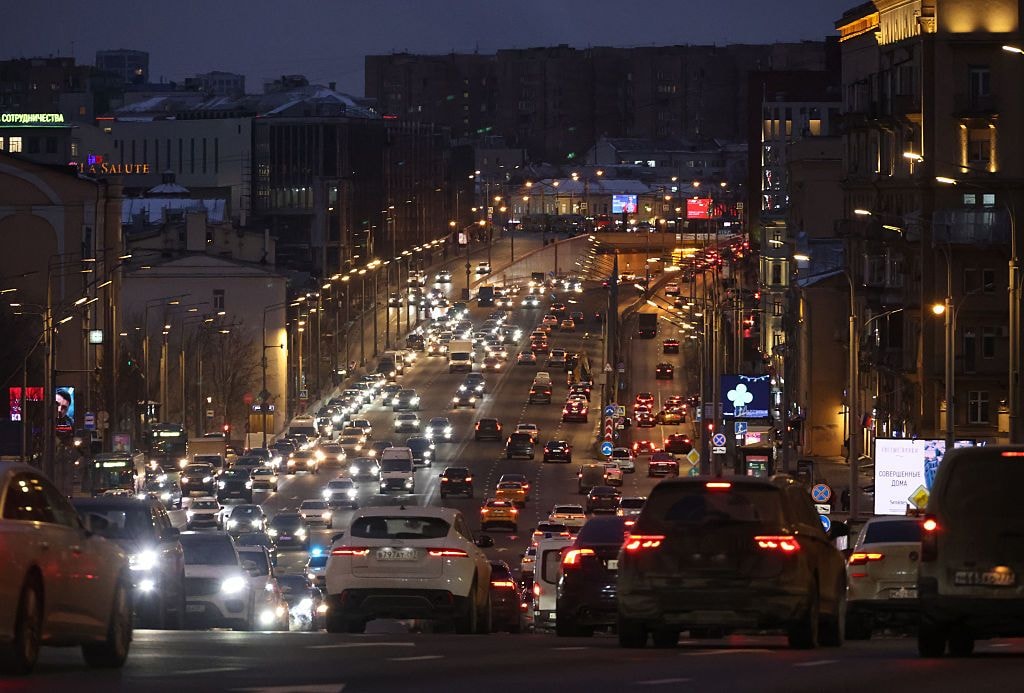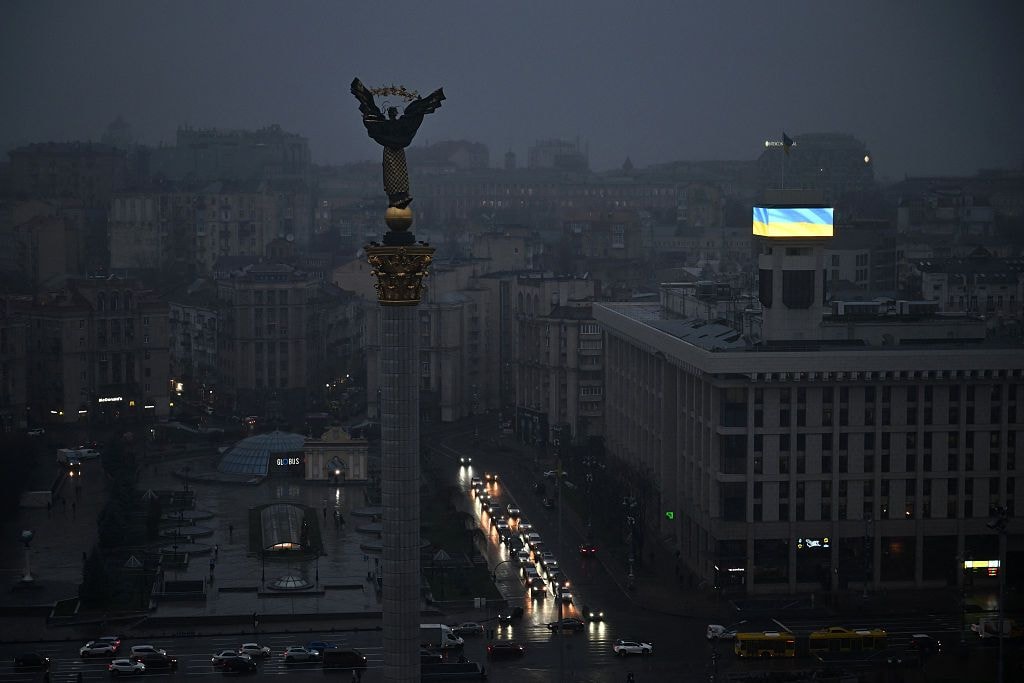Ukraine's nuclear safety still at risk even after Zaporizhzhia plant connected to backup power

The Russian-occupied Zaporizhzhia nuclear power plant has restored access to backup power for the first time in six months after its second power line was repaired, the International Atomic Energy Agency (IAEA) reported on Nov. 8.
The damaged sections of the power lines, located in the combat zone, prompted the IAEA to broker a temporary ceasefire between Russia and Ukraine to allow technicians to carry out repairs. Although the lines had been cut since May 7, repairs only began on the morning of Nov. 8.
Before Russia’s full-scale invasion, the plant was connected to Ukraine’s electricity grid via ten power lines. For the last six months, it has relied on just one line, although this was disconnected for a month on Sept. 23.
"Immediately after the Zaporizhzhia nuclear power plant lost all off-site power on Sept. 23, we began working closely with both the Russian Federation and Ukraine to enable the repairs of both power lines, which are indispensable for being able to maintain nuclear safety and security at the site during this devastating war," IAEA Director General Grossi said.
"It is a good day for nuclear safety and security, although the overall situation remains highly precarious," he added.
Despite being connected to a second power line, there is still the risk of a nuclear disaster while Russian troops continue to occupy the plant, Oleksandr Kharchenko, managing director of the Energy Industry Research Center, told the Kyiv Independent.
"The second power line has no major influence on nuclear safety, as the plant is still occupied and the Ukrainian side has no access to restore normal operations and services," he said.
The IAEA monitored the work of the technicians who repaired the damaged infrastructure, located three kilometers from the plant. The agency spent several weeks negotiating a temporary ceasefire between the two sides to allow the technicians to work safely.
The Zaporizhzhia plant is Europe’s largest nuclear power plant, but it hasn’t been producing electricity for over three years since Russian troops occupied it in March 2022. While its six reactors are shut down, it needs electricity to power the pumps that cool the reactor cores and spent fuel to avoid a nuclear meltdown.
The IAEA notes that the external electricity situation at the plant is still "extremely fragile." Throughout the war, it has lost total access to external electricity ten times.
Russian troops reportedly struck a power line on Sept. 23, severing the plant’s connection to Ukraine’s electrical grid. As a result, the plant has been forced to rely on backup diesel generators to maintain critical safety functions and provide electricity.
The blackout ended on Oct. 23, but experts previously warned the Kyiv Independent of serious future risks and said Moscow could be planning further sabotage in order to connect it to Russia's power grid.










